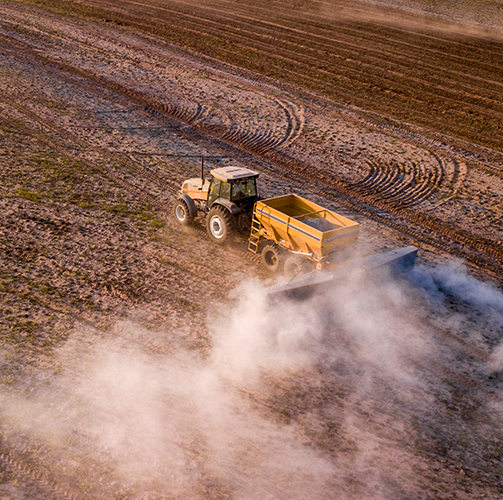

Using Lime in Pasture Production
Farmlands agronomists reccomend using lime to increase soil pH, which leads to enhanced clover growth.
Increasing clover growth improves soil fertility through greater nitrogen fixation, leading to a stronger uptake in desirable grasses like ryegrass. Our team say “The result is an improvement in pasture composition, and the pasture becomes more vigorous, more nutritious, and more palatable to stock,".
On most pasture soils, the ideal pH for pasture growth is between 5.8 and 6.2, assuming all nutrients are in adequate supply, they say. “The main action of lime is to raise the pH of the soil, making it less acid. A pH of 7 is neutral, a lower pH is acid, and a higher one alkaline. Most soils are acid, with a pH of 6.5 or less.”
Raising the soil pH with lime reduces the solubility of aluminium and manganese compounds, both of which can be toxic to plants. “As pH rises, bacteria and other soil microbes are activated, accelerating soil organic matter breakdown, and increasing the availability of nitrogen, sulphur and phosphorus. Lime promotes earthworm activity in cycling organic matter and improving soil physical properties.” Our agronomists say lime does not seem to affect animal production and health, except by improving pasture yield and composition. However, good grazing management “such as high stocking rates and pasture utilization and preventing pastures from going to seed”, helps achieve the best results from applying lime.
As a general guide depending on stocking rate, maintaining optimum pasture pH between 5.8 and 6.2 means an annual lime application is needed at a rate of 350-500kg/ha for dairy, 250 400kg/ha for dairy support and 100-300kg/ha for dry stock.
Farmlands has card partners who supply lime throughout the country.

